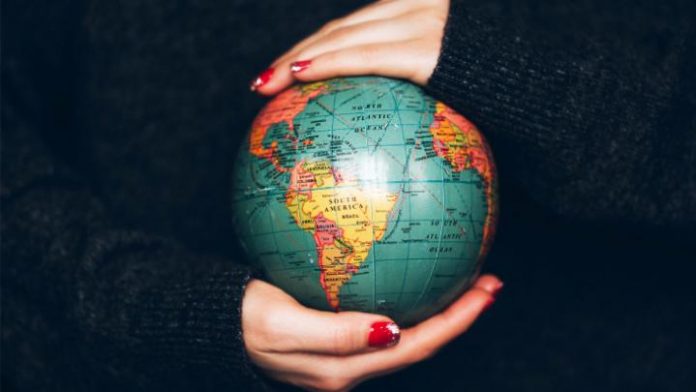The world wellness market grew 12.8% in the last two years, from US$3.7 trillion in 2015 to US$4.2 trillion in 2017, according to the 2018 Global Wellness Economy Monitor from the Global Wellness Institute.
According to the Global Wellness Institute, the wellness industry grew 6.4% annually, nearly twice as fast as global economic growth (3.6%) from 2015 to 2017. Consumer spending on wellness ($4.2 trillion) is claimed to be more than half as much as total global health expenditures ($7.3 trillion). See the IMTJ analysis on the wellness tourism market, for an objective analysis of these claims.
Each wellness sector is reported to have seen strong recent growth:
- Wellness tourism: US$639.4 billion
- Traditional and complementary medicine: US$359.7 million
- Personal care, beauty and anti-aging: US$1,082.9 billion
- Wellness real estate: US$134.3 billion
- Fitness and mind/body: US$595.4 billion
- Spas: US$118.8 billion
- Thermal and mineral springs: US$56.2 billion
- Healthy eating, nutrition and weight loss: US$702.1 billion
- Preventative and personal medicine and public health: US$574.8 billion
- Workplace wellness: US$47.5 billion
The figures do not total the headline US$4.2 trillion in 2017 as some sectors overlap.
Spa locations increased from 121,595 in 2015 to over 149,000 in 2017, employing 2.6 million. From 2015 to 2017, the hotel/resort spa category added the largest number of spas and revenue, and has now surpassed day spas as the industry’s revenue leader.
The thermal/mineral springs market continues to have strong growth as more people turn to this type of treatment for stress relief, healing and community. The market grew from US$51 billion in 2015 to US$56.2 billion in 2017, while facilities jumped from 27,507 (in 109 countries) to 34,057 (in 127 countries), employing 1.8 million. The market is concentrated in Asia-Pacific and Europe, which account for 95% of revenues.








 ©2024 All rights reserved LaingBuisson
©2024 All rights reserved LaingBuisson 


